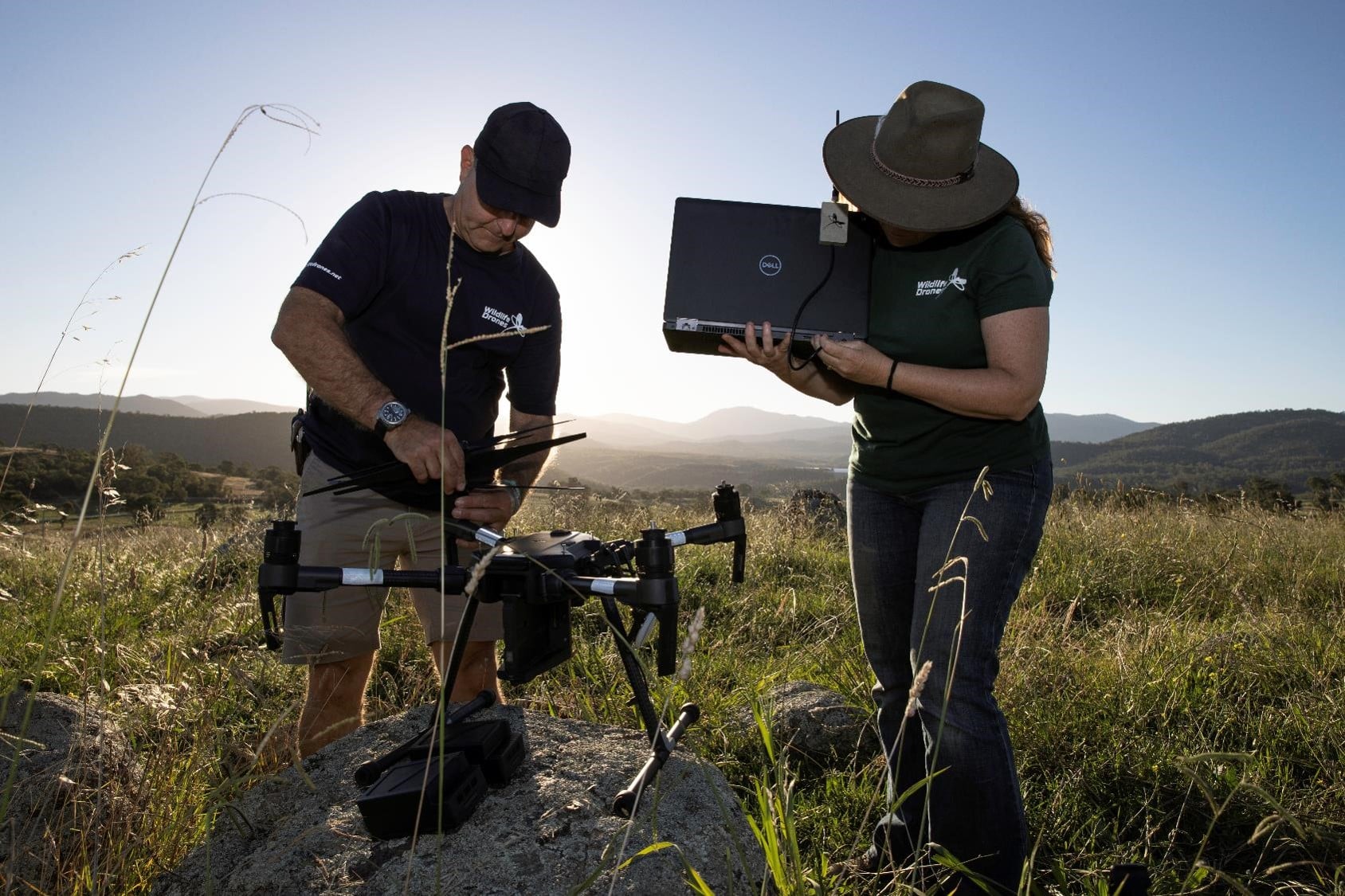
Insights: Tips for your field trip
5 things you need to pack for your field trip
Whether you’re a university student, conservation ecologist or marine biologist, field trips are often one of the most important and rewarding parts of a career in science. But apart from your research equipment, it can be difficult to know what to pack for your field trip—particularly if you’re just starting out.
Your university or employer will likely give you a list of required equipment, but here’s a list of five items to pack for your field trip that we’ve learnt from experience to help make it easier to get the job done.
1. Spare electronics
There’s nothing worse than having your laptop battery die miles from the nearest electricity source. Always make sure your electronics are fully charged and that you take their chargers. You should also take battery packs and/or spare batteries for all battery-powered equipment, like your drone, controller, payload, headtorch, spotlight and environmental sensors.
If you’re working in summer, it’s a good idea to store batteries in insulated boxes to keep them cool during the day. Likewise, ensure you place desiccants in your equipment cases to keep them dry in wet weather. And while we’re on the topic of spare equipment, a backup USB stick (or three!) is never a bad idea.
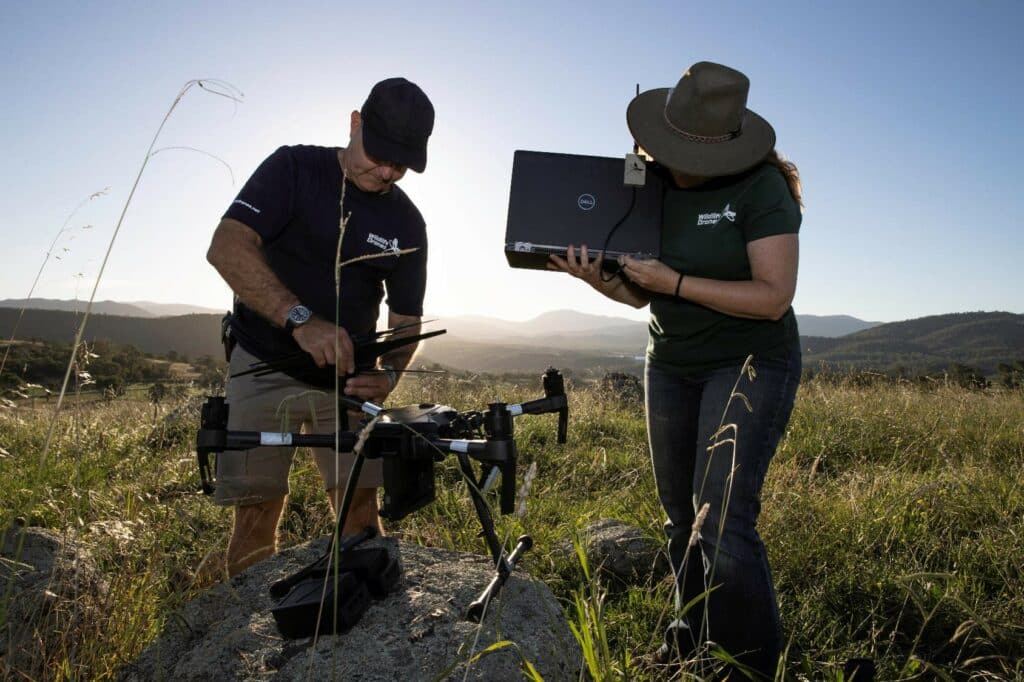
2. The right clothes
Take the right clothes for the climate. Most employers will have personal protective equipment (PPE) requirements, which may include long shirts and pants, wet weather gear, work boots, work gloves and high visibility clothing. Other things that can help make it more comfortable are:
- Clothing with deep pockets to warm batteries in the cold
- Warm socks and gloves for winter
- A broad-brimmed or legionnaires hat for summer
- A lightweight, packable wind jacket to keep the cold out
- A lightweight, packable raincoat for lighter rain days
- Comfortable clothes and shoes for when you’re not working—particularly if you’re camping!
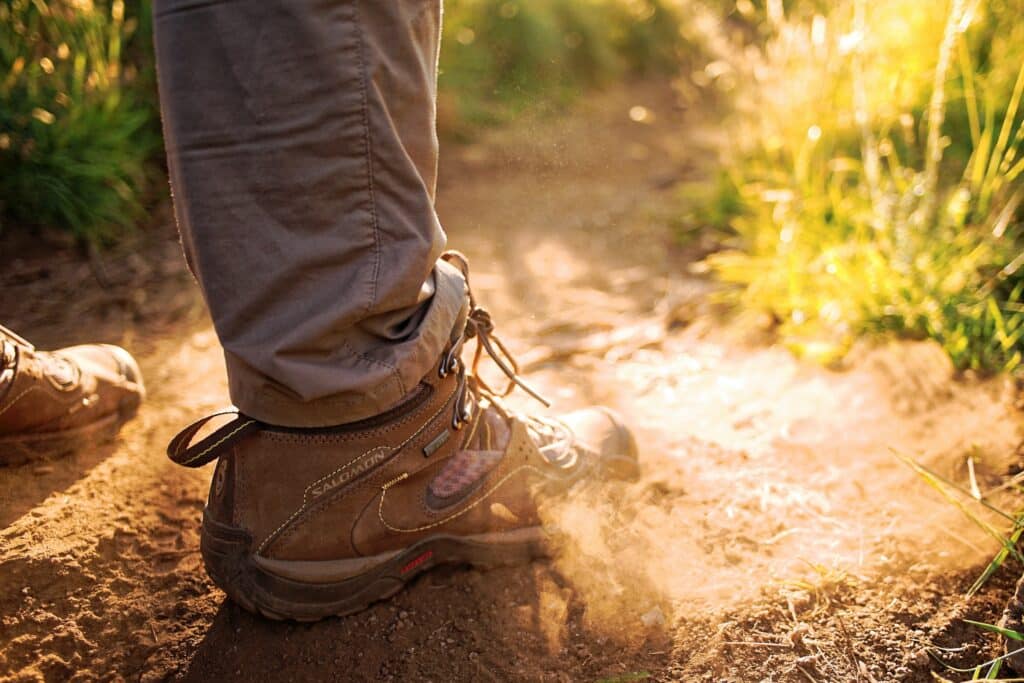
3. Safety equipment
Safety is vital in the field, particularly if you’re working in a remote location. A comprehensive field first aid kit is therefore a must. In addition to taking a standard first aid kit, which usually includes items to treat minor cuts, burns and bruises (e.g. band-aids, gauze, alcohol wipes) it’s a good idea to include some other safety items relevant to the field, such as:
- Emergency Position Indicating Radio Beacon (EPIRB)
- Sunscreen
- Compression bandage—for treating snake bites and/or sprains
- Anti-itch spray for treating mild insect bites and stings
- Emergency blanket, to prevent hypothermia
- Insect repellent
- Water purifying tablets and/or filter
- Basic medication e.g. ibuprofen/paracetamol/anti-nausea tablets.
Note that your employer will usually provide guidance about required safety equipment.
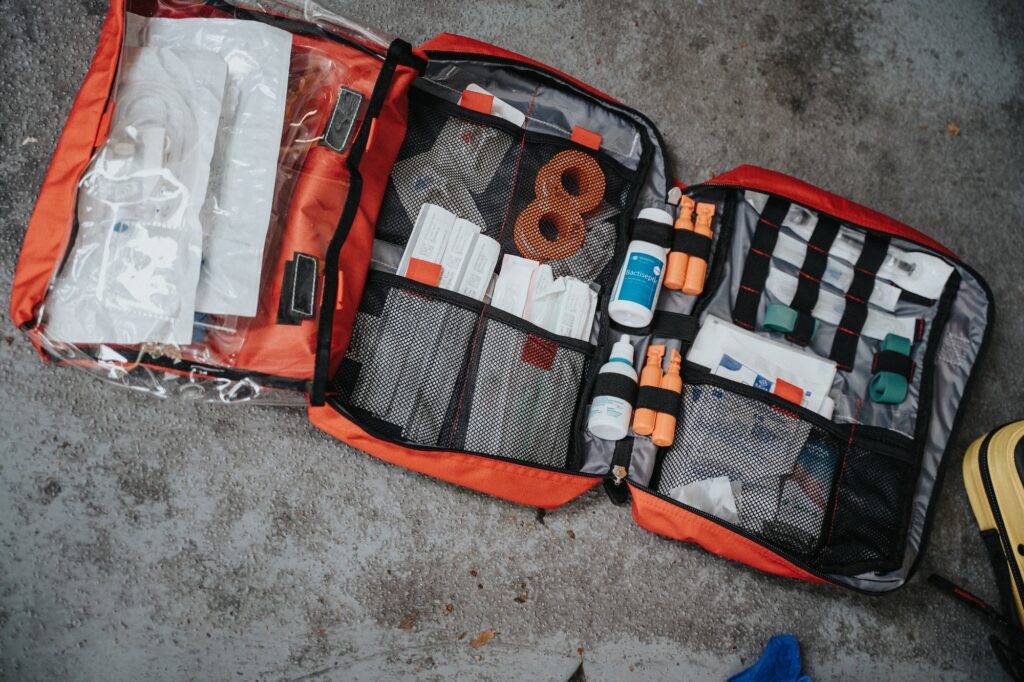
4. Waterproof storage bags and tarp
Rain, hail or shine, field work has to get done! Along with a waterproof phone case, dry bags are a good idea to prevent your clothes and equipment from getting wet. A 30L dry bag is a good option for your clothes if you’re camping, while smaller dry bags (or even ziplock bags) are good for storing work equipment such as notepads and electronics. You should also pack a lightweight tarp or fly to work under in the field in case of rain.
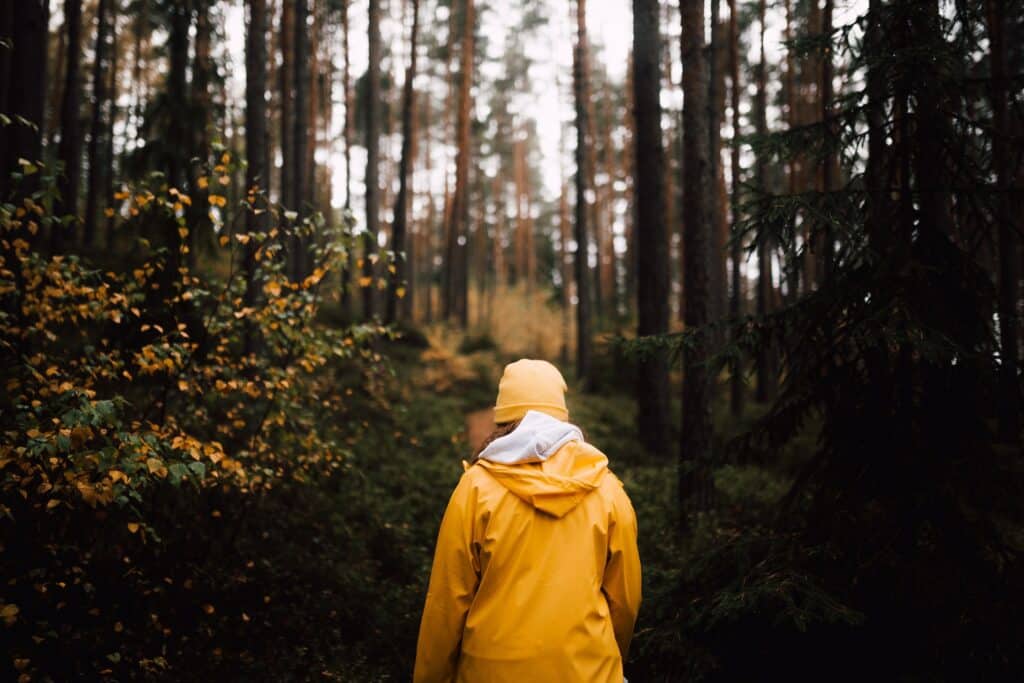
5. Snacks
Keeping your energy up is important, particularly for long days walking around national parks—we all know what it’s like to get ‘hangry’! Small, relatively lightweight snacks that are great to fit into a day pack (or pocket) include:
- Muesli bars
- Trail mix with dried fruit and nuts
- And of course lollies/chocolate for when you need an extra sugar hit!
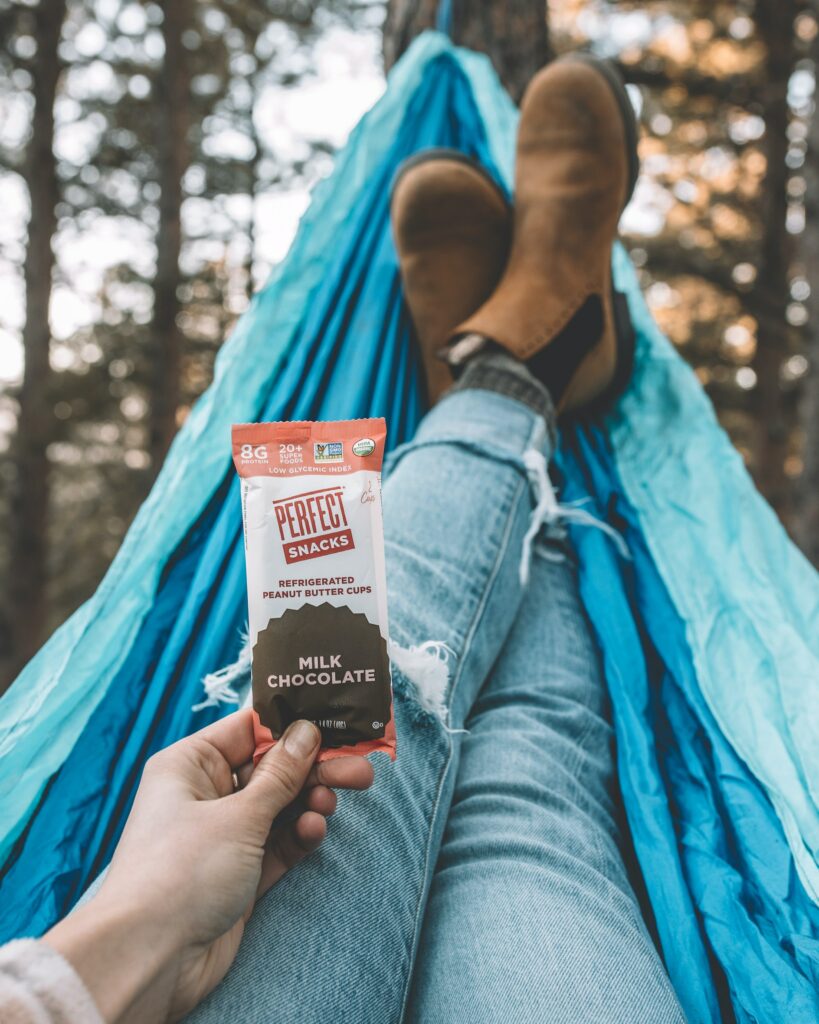
Extra Tip: Notepad and clipboard
In addition to taking relevant research equipment, it’s a good idea to pack a small notepad and pen for taking field notes. Writing by hand is a quick way to jot down observations, and it doesn’t need wifi or battery power! If you have space, a clipboard can also be handy for holding any print-outs you need to bring (e.g. observation sheets), and giving you a sturdy surface to work from.
Contact the team at Wildlife Drones to find out how our innovative technology can help make your next field trip a breeze.


